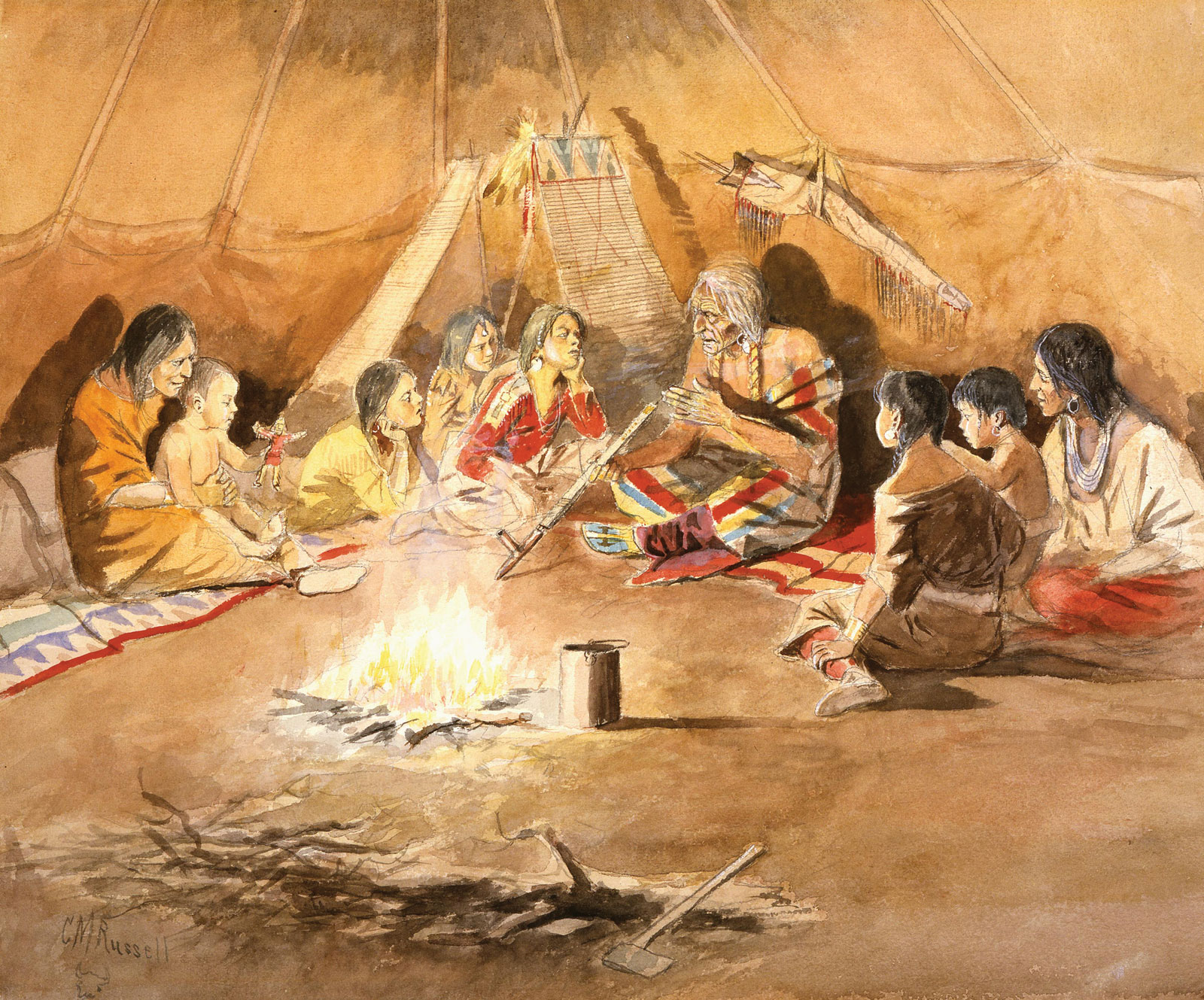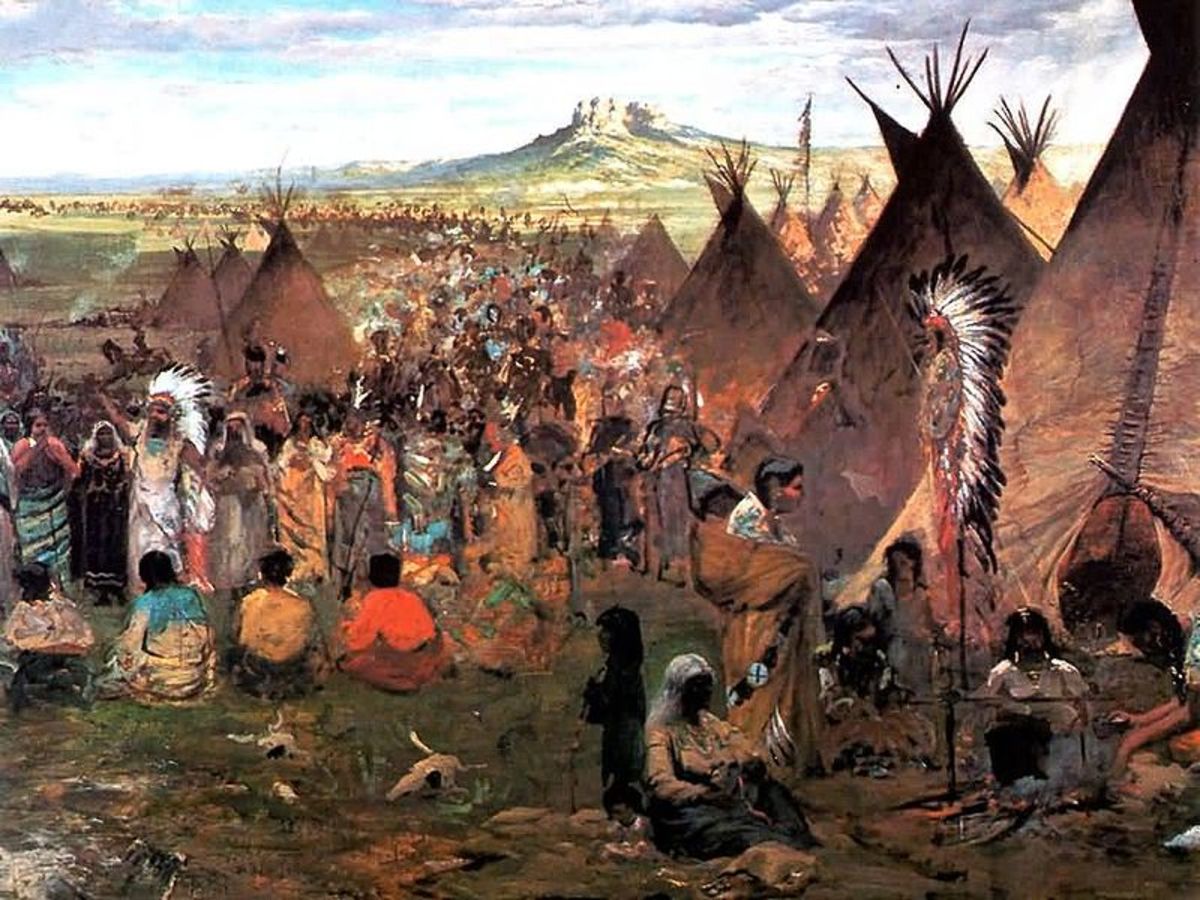
Echoes of Resilience: The Unwritten Histories of Native American Oral Traditions in the Colonial Period
The arrival of European colonizers in the Americas ushered in an era of profound transformation, conflict, and often, obliteration. As written languages, legal doctrines, and the very concept of "history" as a fixed, linear narrative were imposed, the rich and ancient tapestry of Native American oral traditions faced unprecedented challenges. Yet, far from being mere folklore or primitive storytelling, these oral histories served as the indispensable lifeblood of Indigenous societies during the colonial period – a dynamic, resilient, and often defiant repository of identity, knowledge, law, spirituality, and resistance.
For centuries before European contact, Native American societies across the continent relied on oral transmission for every facet of their existence. Creation myths, epic sagas of heroes and ancestors, detailed accounts of migrations and treaties, medicinal knowledge, agricultural practices, and moral codes were all meticulously passed down through generations. This wasn’t a passive process; it was a sophisticated system involving trained storytellers, specific ceremonial contexts, mnemonic devices like wampum belts or petroglyphs, and communal validation that ensured accuracy and continuity. When the first European pens scratched onto parchment, documenting their version of "discovery" and conquest, they largely dismissed or fundamentally misunderstood the profound significance of these Indigenous oral histories, often viewing them as unreliable or childish fables. This fundamental clash of epistemologies – written word versus living voice – would define much of the colonial encounter.
The Bedrock of Identity and Culture
In the face of relentless pressure to assimilate, convert, and abandon their ancestral ways, oral histories became the primary bulwark against cultural annihilation. They were the narratives that defined who a people were, where they came from, and their sacred relationship to the land. Creation stories, for instance, didn’t just explain the origins of the world; they imbued the landscape with spiritual meaning, established moral obligations to the environment, and reinforced communal bonds.
Consider the diverse origin stories across the continent: the Iroquois (Haudenosaunee) narrative of Sky Woman falling to earth and giving birth to the first people on Turtle Island; the Diné (Navajo) emergence stories of ascending through different worlds; or the various Pacific Northwest tales of Raven or Coyote shaping the world. These were not simply quaint tales; they were living constitutions, spiritual guides, and geographical maps all rolled into one. They provided a framework for understanding the world and one’s place within it, offering an anchor of identity when everything else seemed to be dissolving under colonial assault.

As the late Seneca elder and traditionalist, John Mohawk, often articulated, "Our oral tradition is not just a collection of stories; it is our philosophy, our science, our history, and our law. It tells us how to live in the world." During the colonial period, these narratives were not just remembered; they were actively performed and reinterpreted to address new challenges, providing continuity and a sense of enduring purpose.
A Counter-Narrative to Colonial Propaganda
European written records of the colonial period are overwhelmingly biased, often portraying Native Americans as "savages," "heathens," or impediments to "progress." Oral histories offered the vital counter-narrative, preserving Indigenous perspectives on historical events that were frequently distorted or erased by the colonizers.
While Europeans documented their "land purchases" with deeds and treaties, Indigenous peoples recorded these agreements through oral tradition, often reinforced by Wampum belts – intricate shell bead arrangements that served as mnemonic devices and legal instruments. These belts were not merely decorative; they symbolized diplomatic agreements, commemorated significant events, and were "read" aloud during councils to recall the precise terms of a treaty. For example, the Two Row Wampum belt, symbolizing a parallel path of coexistence between the Haudenosaunee and European settlers, articulated a vision of mutual respect and non-interference that was consistently violated by colonial expansion.
The "Winter Counts" of the Lakota and Dakota nations offer another fascinating example of Indigenous historical record-keeping. These were hide paintings depicting one significant event for each year, serving as mnemonic aids for detailed oral accounts. While not strictly "oral" in their primary form, they were inextricably linked to oral tradition, allowing designated historians to recount a century or more of tribal history with remarkable accuracy, often including details of colonial encounters, disease outbreaks, and pivotal battles from an Indigenous viewpoint. These accounts frequently contradicted European claims of peaceful settlement, revealing instead a history of broken promises, violence, and systematic dispossession.
Spiritual Guidance and Ethical Frameworks
Beyond history and identity, oral traditions were the primary vehicles for transmitting spiritual beliefs, ethical principles, and moral lessons. Stories of tricksters, culture heroes, and sacred beings taught the consequences of greed, the importance of reciprocity, and the proper relationship between humans and the natural world. In a time of immense spiritual and physical upheaval, these narratives provided solace, meaning, and a moral compass.
The Haudenosaunee’s Great Law of Peace (Kaianere’kó:wa), for instance, a complex constitution that united the Mohawk, Oneida, Onondaga, Cayuga, and Seneca nations, was transmitted orally for centuries before it was ever fully transcribed. It outlined principles of democracy, justice, and collective decision-making, guiding the confederacy through internal disputes and external threats. During the colonial period, when European powers sought to divide and conquer, adherence to these ancient laws, transmitted through oral recitation and mnemonic aids, was crucial for maintaining unity and political sovereignty.
Tools of Diplomacy and Resistance

Oral traditions were also central to Indigenous diplomacy and resistance. When Native leaders met with European officials, their speeches were often eloquent, drawing upon a deep well of traditional knowledge, historical precedent, and oratorical skill honed through generations of oral culture. These speeches were not just persuasive; they were rooted in established protocols, genealogies, and shared understandings of the world that often baffled or frustrated European negotiators who sought quick, written agreements.
During times of conflict, prophecies and historical accounts of past triumphs and resilience, embedded in oral tradition, could rally communities and inspire resistance. The Pueblo Revolt of 1680, for example, was partly fueled by the resurgence of traditional spiritual practices and narratives that reinforced a distinct Pueblo identity in opposition to Spanish colonial rule. Stories of ancestral power and the enduring connection to their lands provided the spiritual and ideological foundation for a unified uprising that temporarily expelled the Spanish.
The Peril and the Perseverance
The colonial period posed existential threats to Native American oral traditions. Disease decimated populations, taking with them elders who held vast repositories of knowledge. Forced removals, like the Cherokee Trail of Tears, severed people from their ancestral lands, which were often integral to their stories and ceremonies. The establishment of residential schools (boarding schools) aimed specifically at eradicating Indigenous languages and cultures, punishing children for speaking their native tongues and attempting to replace traditional knowledge with European education.
Despite these systematic attempts at cultural genocide, Native American oral traditions endured. They were practiced in secret, whispered around campfires, and passed down in defiance. The very act of telling a story became an act of resistance, a quiet affirmation of sovereignty and cultural survival.
Legacy and Contemporary Relevance
In the post-colonial era, the significance of Native American oral histories has only grown. They are increasingly recognized by scholars, legal systems, and the public as vital historical sources, offering unparalleled insights into the Indigenous experience of colonization. Contemporary land claims, treaty rights arguments, and cultural revitalization movements frequently draw upon these enduring oral traditions to assert sovereignty and reclaim stolen heritage.
As Kimberly TallBear (Sisseton-Wahpeton Oyate) reminds us, Indigenous knowledge systems, including oral histories, are not static relics but living, evolving bodies of knowledge. They continue to inform, inspire, and challenge dominant historical narratives. The echoes of resilience contained within these unwritten histories are not just whispers from the past; they are powerful voices guiding the future, insisting on a more nuanced, inclusive, and decolonized understanding of the American story. Their survival is a testament to the strength of human memory, the power of narrative, and the indomitable spirit of the Indigenous peoples who carried them through centuries of profound upheaval.


